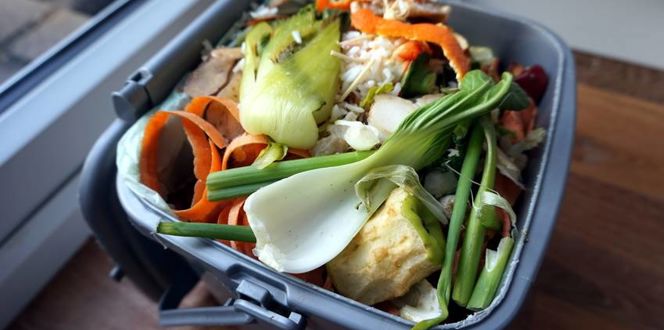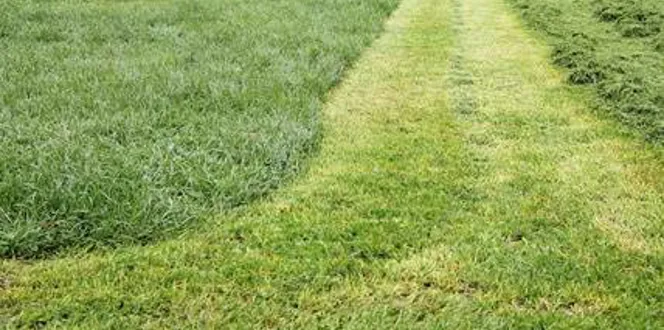Tidying up your yard in fall can easily turn into a day-long job. After all that hard work, put your leaves to good use.
Compost is the best way to do that. Its many benefits make your lengthy leaf cleanup well worth it.
Best of all, compost is simple to make! Though, it does take time. Learn how to compost leaves below.
Benefits Of Leaf Compost And Leaf Mulch–And How To Compost Leaves Quickly
There are two ways to compost leaves. Leaf compost is a mix of leaves and other organic materials, like grass clippings or food waste. Leaf mulch (also called leaf mold) is just leaves and water.
If you want mulch to help retain soil moisture, make leaf mold. If you want more plant nutrients and to avoid the spread of weeds, pests, and disease, composting is the way to go.
How To Compost Dry Leaves In A Bin Or Pile
To start, shred the leaves with a mower, catch ‘em in your mower bag, then:
- Add leaves to a compost bin, or pile them up in a corner of your yard.
- Layer the leaves with nitrogen-rich items, like cottonseed meal, fresh grass clippings, food waste, or manure.
- Build the pile up until it’s three feet tall and wide. Alternate between layers of leaves and a high-nitrogen product, keeping the overall volume of each type about equal.
- Turn the compost once a month. This can be done by transferring it to another bin or pile with a pitchfork or shovel.
- When you turn it, check for moisture. If you spot dry patches, add water. If your compost smells rotten or looks soggy, dry it out by adding ingredients like leaves, straw or sawdust. The whole pile should have a similar moisture level to a damp but drained sponge.
- Continue turning and moisture-monitoring your compost until it’s ready. It will become hot to the touch in between turnings, but will eventually remain cool and become colonized by earthworms. Finished compost is dark in color, crumbly in texture, and smells earthy. If you start with the right balance of materials and periodically turn the pile, you can have compost in a couple of months. But if you don’t turn it, don’t keep it moist, or only use leaves, it can take a year or more to complete.
Making Leaf Mold In Garbage Bags
Remember, leaf mold is different from compost because it doesn’t add as many nutrients to the soil or heat up enough during composting to kill pests and pathogens. But, it’s great for mulching, recycling carbon and nutrients, and controlling weeds.
Here’s how to make it:
- Shred leaves with a lawn mower or chipper-shredder, and place in a large garbage bag.
- Water the leaves until they’re damp but not soaked.
- Tightly seal the bag, and cut a few slits for air flow.
- Shake the bag every few weeks to turn the contents.
- Add water to the bag as the leaves dry, which is usually every four-to-eight weeks.
- The leaf mold is ready when the leaves have become a brown or black crumbly material, which usually takes about six months. So, this leaf mulch will be ready to use in spring!
How Long Does It Take To Compost Leaves?
It can take leaves anywhere from a couple months to a year to become compost. So, patience is a must.
Or get rid of them faster by simply running your lawn mower over the leaves. The grass will soak up all the leaves’ nutrients as they decompose!
How To Compost Leaves Quickly
If you want to create a traditional compost, use these tips to speed up the process:
- Turn the pile more frequently.
- Moisten the pile each time you turn it.
- Add supplemental nitrogen from sources like blood meal or manure.





